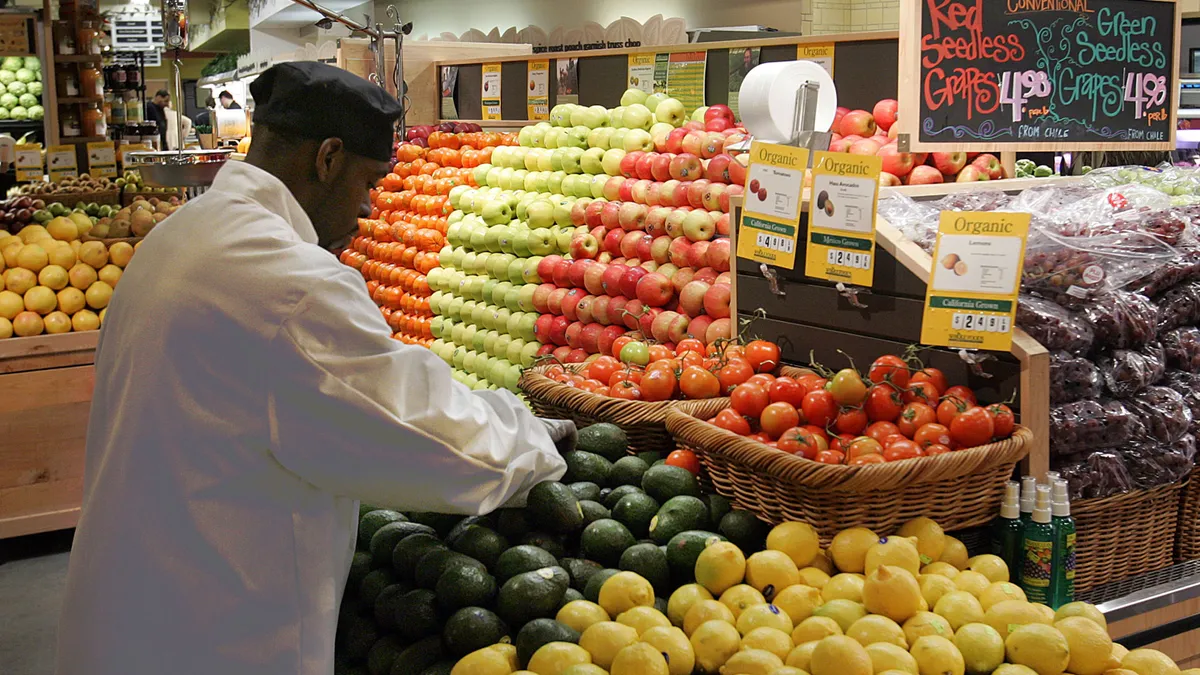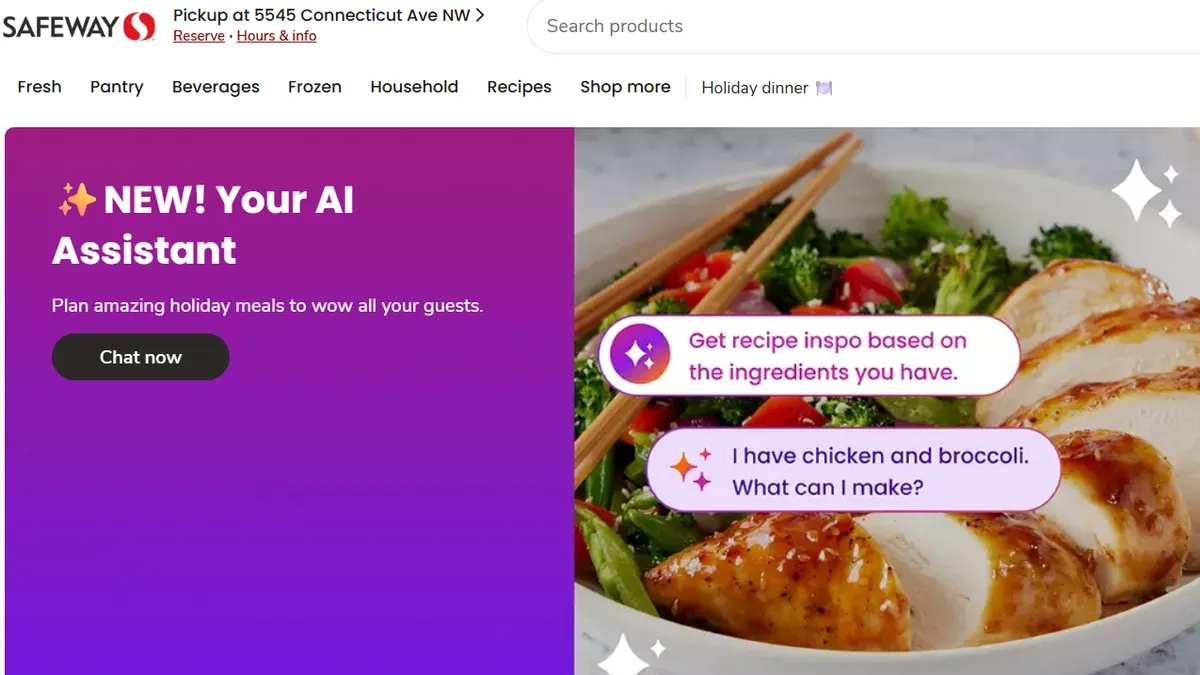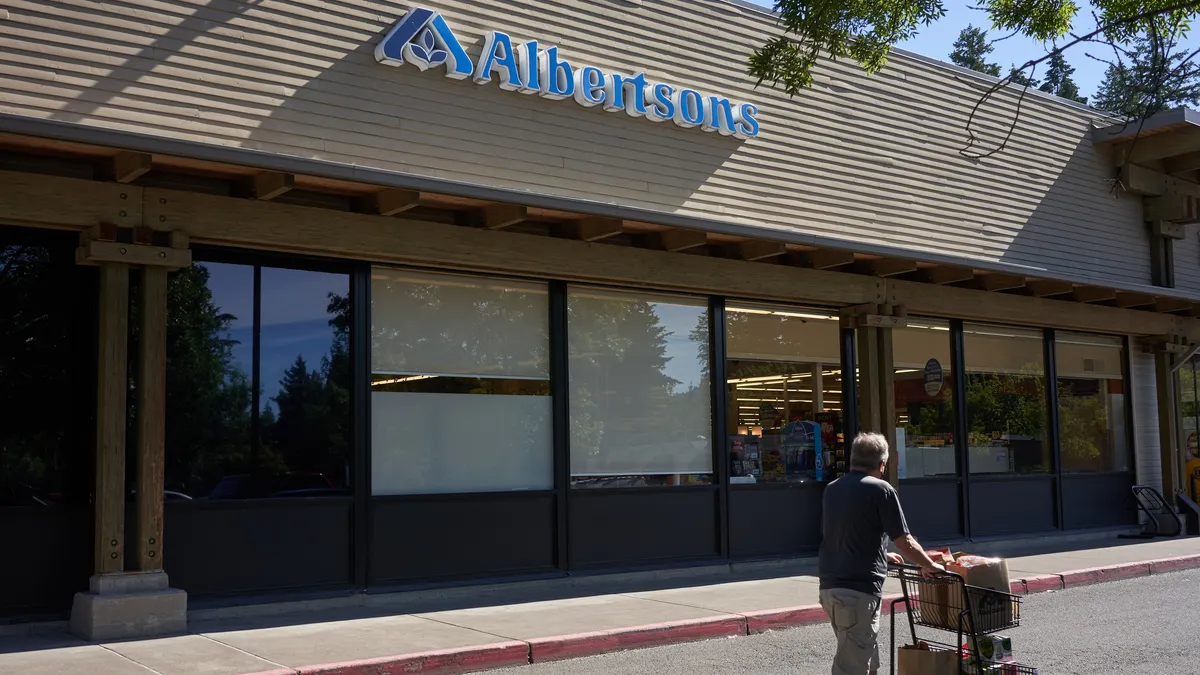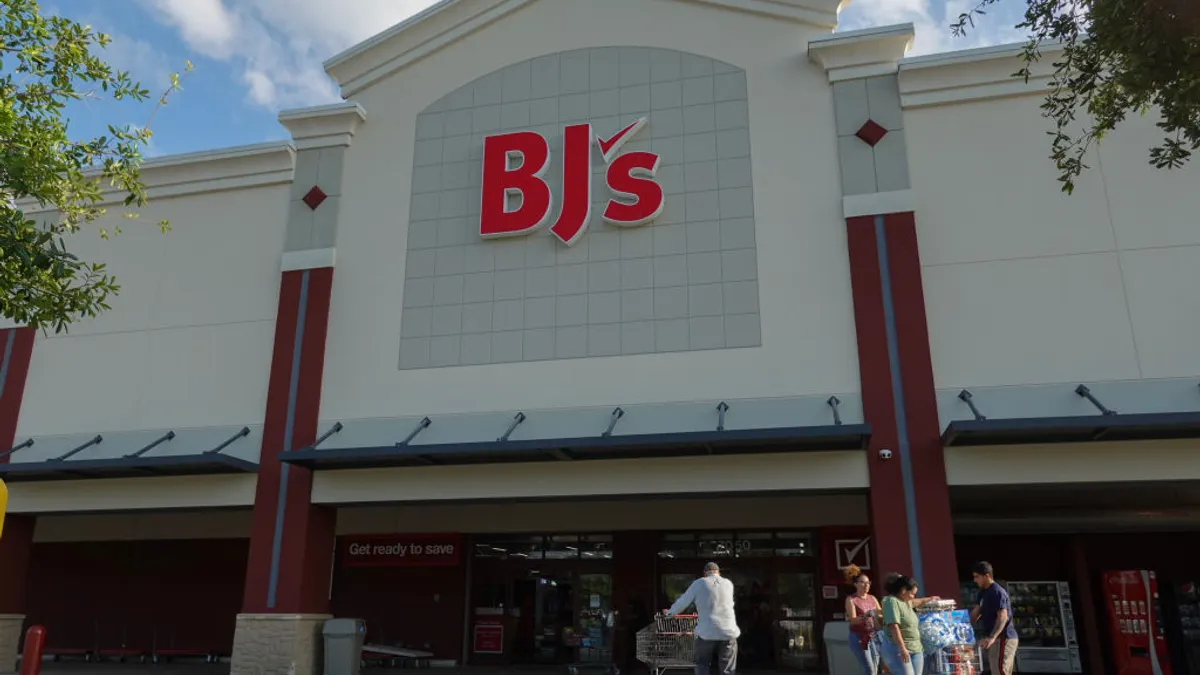As grocers have increasingly embraced technology, their efforts to get creative and try new things haven’t always panned out.
Some vendor relationships seem great at the start but don’t end up lasting long-term. Some tech innovations that were in hot demand a few years ago have fizzled out as they no longer meet consumer needs or pose insurmountable logistical challenges.
Failure can seem scary, but it’s normal. Breakups and dead ends are OK. For an industry that’s rapidly evolving and celebrating new launches, trials and tie-ups along the way, Grocery Dive is here with the reminder that some things just don’t end up working out.
Going down memory lane, here are some recent examples of grocer-tech vendor partnerships that have ended and of solutions that retailers have stopped or paused.
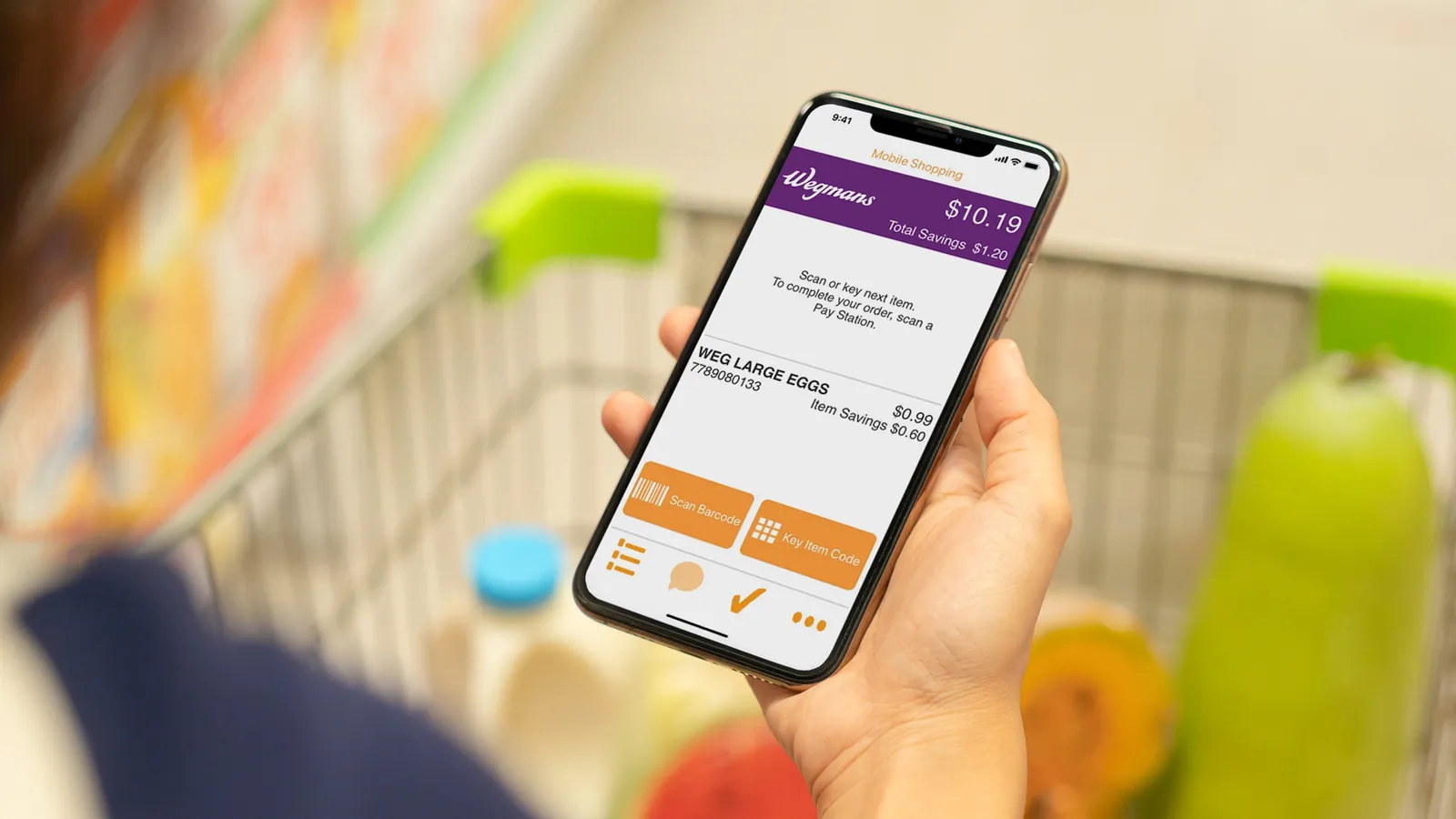
Scan-and-go becomes a no-go for Wegmans
Wegmans recently sent shockwaves through the grocery industry with the news it would stop its scan-and-go service, which it first launched in the spring of 2019.
While the SCAN app was popular among Wegmans shoppers — evidenced by the outpouring of tweets about the service ending and Wegmans’ own admission that customers loved it — the company’s “many adjustments” couldn’t make up for the program’s elevated shrink. The app got sent to the tech graveyard this September.
“Unfortunately, the losses we are experiencing from this program prevent us from continuing to make it available in its current state,” a company spokesperson said, without providing further detail on what those “losses” refer to.
Walmart drops pickup towers
In 2017, the retailer started using automated pickup towers manufactured by Cleveron and distributed by Bell and Howell — and even threw a party welcoming the towers at its Secaucus, New Jersey, supercenter. The 16-foot-tall towers could hold up to 300 small to medium packages for customers to collect in-store. Later that year, Bell and Howell said Walmart would expand its usage of the towers in 2018.
Last spring, though, The Wall Street Journal reported that the retailer had been phasing out those pickup towers. The “hibernation” of roughly 1,300 towers and removal of 300 resulted from customer feedback noting a preference for pickup outside of the stores, the paper reported.
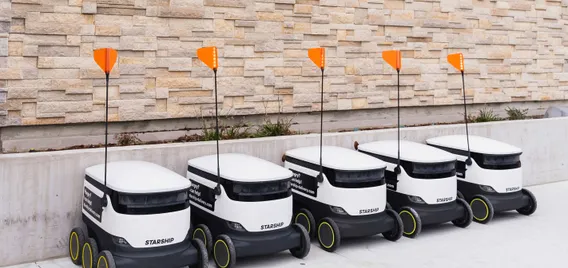
Save Mart’s delivery bots get carted away
Two years ago, The Save Mart Companies and Starship Technologies teamed up to have Starship’s sidewalk-roaming robots deliver orders from the grocery company’s flagship store in Modesto, California.
At the start of this year, the companies expanded their delivery partnership by bringing the robots to a Lucky California store in Pleasanton, California. All seemed well, but then Save Mart told The Modesto Bee in June that the partnership was over and that the technology company had exited the Northern California market earlier that month.
Citing headwinds from the “significant downward shift in the global economy and capital markets’ changing their investment strategies,” Starship CEO Alastair Westgarth had told staff that month that the company decided to end service at certain undisclosed sites in the U.S. and Germany, along with cutting its global team by 11%.
Walmart shelves inventory-scanning solution
While Sam’s Club has expanded the use of autonomous inventory-scanning robots, its parent company, Walmart, has had less luck with shelf-scanning tech. After five years of working together on deploying shelf-scanning technology, Walmart and Bossa Nova Robotics parted ways in 2020.
Bossa Nova had said earlier that year that it planned to expand its robots from 350 Walmart stores to 1,000 by the end of the year. By November, Walmart nixed the contract, according to The Wall Street Journal, citing unnamed sources who said the retailer had found alternatives to the robots.
The paper reported that Walmart would use its workers and other automated technologies to monitor product counts and locations.
Amazon’s Scout takes a hike
In 2019, the e-tailer giant unveiled plans to trial Amazon Scout, an autonomous sidewalk-roaming robot, as a last-mile solution. The battery-powered robots were first deployed for testing in Seattle, then Southern California, Georgia and Tennessee. In June, Amazon noted that the robots were helping the company cut back delivery emissions and improve road safety.
Earlier this month, Bloomberg reported that Amazon is ending its work on the autonomous machine, with a company spokesperson noting that Scout wasn’t meeting customers’ needs.
Amazon has disbanded the team of roughly 400 people who were working on the project and offered those people other jobs within the company, Bloomberg reported, noting that a skeleton crew will remain to tinker with the autonomous robot idea.
So long, robots! R. I. P.







